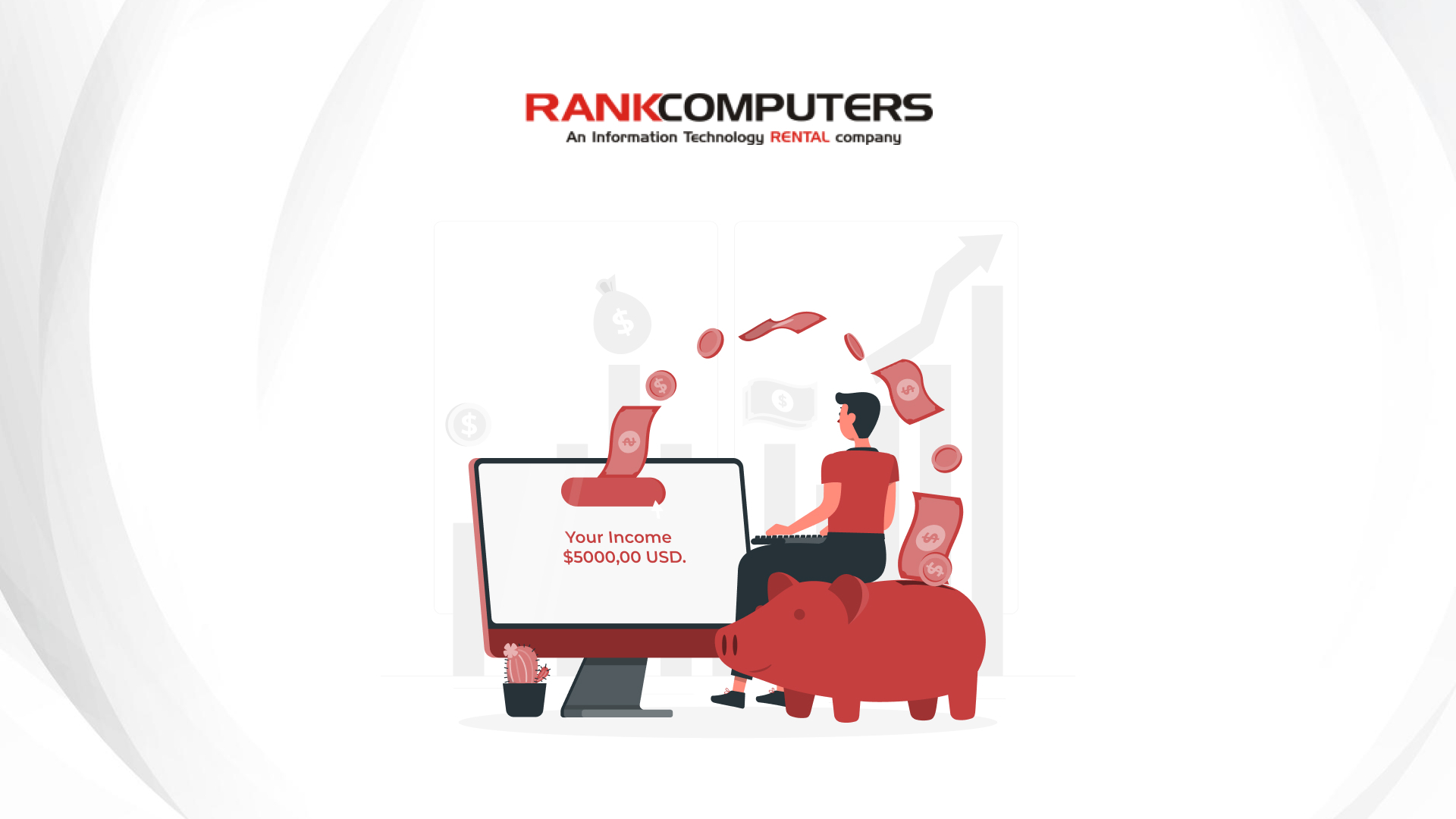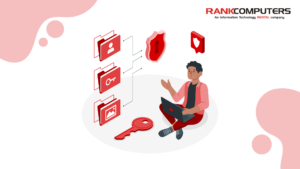As technology continually evolves and expands, businesses find themselves at a crucial crossroads: how to manage increasing IT expenses while ensuring top performance and productivity? The ability to strike the right balance between cost-cutting measures and high IT performance can have a significant impact on an organisation’s bottom line and overall success.
This blog delves into 7 highly specific and actionable strategies designed to assist businesses in achieving effective IT cost reduction while improving overall efficiency.
Whether you are a small startup looking for cost-effective solutions or an established enterprise looking to optimise large-scale IT spending, these strategies may help you streamline operations and allocate resources wisely for maximum impact.
📢 Perform an IT Cost Audit Before You Begin
An essential step in IT cost reduction is conducting a comprehensive audit of your organisation’s IT expenses. This process involves thoroughly examining existing cost centres and identifying potential areas of waste or inefficiency, allowing you to gain valuable insights into budget allocation and pinpoint opportunities for cost reduction without compromising service quality.
Embrace Cloud Solutions
Cloud computing offers significant cost-saving benefits, making it a compelling option for many organisations.
Popular cloud-based services like Infrastructure as a Service (IaaS), Software as a Service (SaaS), and Platform as a Service (PaaS) can provide you with a cost-efficient solution that enables your teams to work collaboratively from anywhere, promoting productivity and efficiency. By paying for only the resources you use, you can optimise your IT costs and avoid the expenses associated with traditional on-premises setups.
Moreover, with the cloud, you can access a wide range of software applications and tools without the need for individual software licenses, further reducing software-related expenses and enhancing operational flexibility.
Optimise Software Licensing
Software licensing can quickly become a substantial IT expense, if it is not managed efficiently.
Start by conducting a comprehensive inventory of all software licenses, tracking license usage, and identifying any that are underutilised. By consolidating licenses and negotiating with vendors for more favourable terms, you can reduce costs while maintaining access to essential software tools.
Consider exploring open-source software options for certain applications. Open-source solutions can provide similar functionality to commercial software at a fraction of the cost, further optimising licensing expenses. Additionally, subscription-based software models can offer cost predictability and flexibility, allowing you to scale your software usage based on your needs.
Implement Virtualization
Virtualization technology can significantly help you with IT cost reduction by maximising hardware utilisation and reducing the need for physical infrastructure.
Server virtualization involves running multiple virtual servers on a single physical server, thereby consolidating resources and reducing the number of physical servers required.
Desktop virtualization allows your employees to access their work desktops from any device, reducing the need for powerful individual machines. It also enhances data security and simplifies software updates and patch management.
While virtualization offers numerous benefits, there are potential challenges to consider. Organisations must carefully plan and implement virtualization to ensure compatibility with existing systems and applications.
Embrace Automation and AI
Investing in automation and Artificial Intelligence (AI) technologies can revolutionise how IT tasks are handled, leading to reduced manual labour costs and enhanced operational efficiency.
Robotic Process Automation (RPA) is a form of automation that mimics human interactions with software applications, eliminating the need for manual data entry and tedious workflows, leading to considerable time savings, fewer errors, and ultimately reducing operational costs.
AI technologies, such as machine learning algorithms, can optimise IT processes by analysing large datasets and making data-driven decisions, while automation tools can streamline repetitive and time-consuming tasks, allowing IT staff to focus on more strategic and value-adding activities.
Together, these technological advancements not only enhance operational efficiency but also contribute to cost savings and improved overall IT performance.
Promote Remote Work Opportunities and Encourage BYOD Policies
Promoting remote work offers substantial cost-saving benefits for organisations and employees alike.
For businesses where remote work is not feasible, implementing BYOD policies can still yield cost savings. Allowing employees to use their personal devices for work-related tasks lowers the need for company-provided hardware and increases employee flexibility and satisfaction.
However, whether promoting remote work or BYOD policies, robust security measures are paramount. Ensure that comprehensive security protocols are in place to protect sensitive data and secure remote access to company resources.
Implement Green IT Initiatives
Green IT initiatives focus on reducing energy consumption and promoting eco-friendly practices within the IT department. By adopting energy-efficient technologies and practices, organisations can cut energy costs and, in some cases, earn potential tax incentives for environmentally responsible practices.
Server virtualization is a notable green IT practice as it consolidates servers, reducing the physical infrastructure’s energy demands. Additionally, implementing energy monitoring systems allows organisations to track power consumption and identify areas for further optimisation.
Leverage Remote IT Support
Utilising remote IT support services can yield substantial cost savings by eliminating the need for on-site personnel, infrastructure costs, office space, and associated expenses, all while benefiting from the expertise of off-site professionals.
Ensure a reliable and secure remote support system is in place to maintain uninterrupted operations. Prioritise communication and response times with remote support providers to resolve issues efficiently.
By leveraging remote IT support, organisations can access specialised technical expertise without the overhead costs associated with full-time employees, contributing to cost-effective and efficient IT management.
Conclusion
As we conclude, remember that IT cost optimisation is not a one-time effort but an ongoing journey. Regular assessments and adjustments are essential to ensure that the chosen strategies align with the organisation’s evolving needs and objectives. By striking a balance between cost-saving measures and operational efficiency, businesses can stay resilient, adaptable, and well-positioned for success in the dynamic digital landscape.



